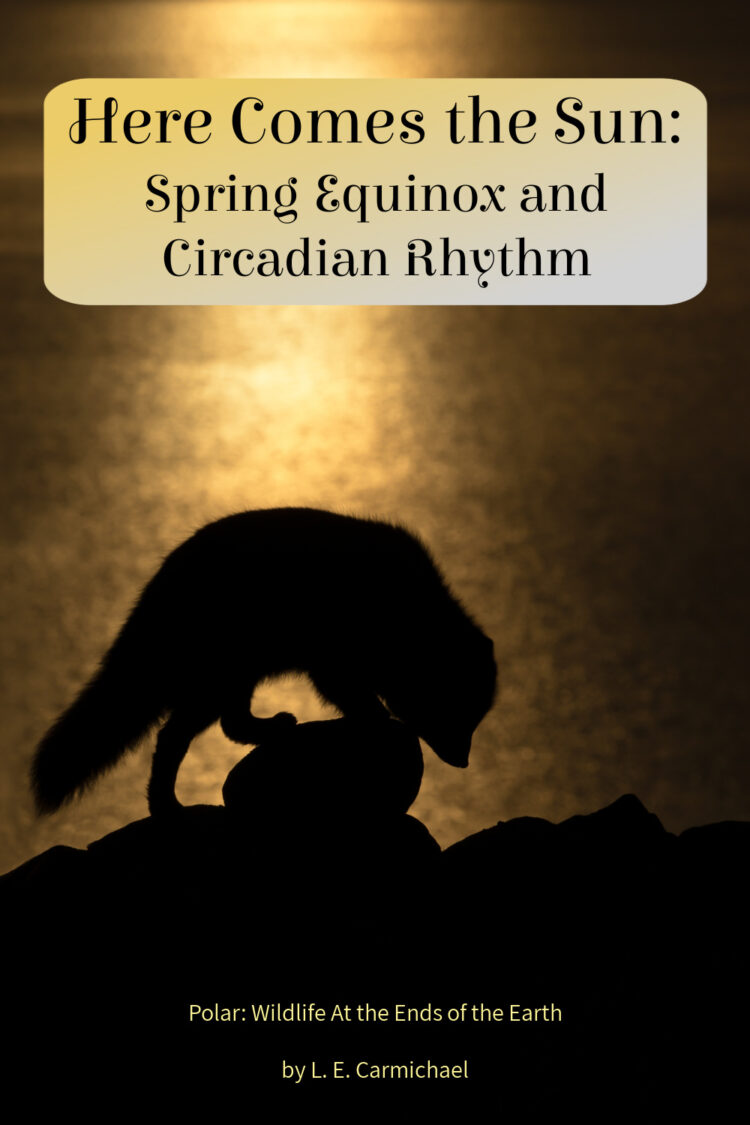 Last weekend, many of us suffered through the tortuous ritual known as “springing ahead” – moving the clocks forward one hour to begin Daylight Savings Time.
Last weekend, many of us suffered through the tortuous ritual known as “springing ahead” – moving the clocks forward one hour to begin Daylight Savings Time.
We hates it, precious.
I live in the Northern Hemisphere, and I am very, very sensitive to ambient light levels. I hate getting up in winter darkness even more than I hate winter temperatures – and I’m medically allergic to cold. So when the days start to get longer and it’s actually – gasp! – sort of light out at 6:30 AM, my brain throws a party.
Then Daylight Savings Time begins, and my brain wants to throw rocks at whoever invented it.
And yes, I have a wake-up light next to my bed and a light therapy lamp on my desk. But glancing out the window undermines any effort I make to convince myself that being awake is a good idea.
I’m not alone in this. Humans and many other creatures have what are called circadian rhythms – internal clocks that tell us when to wake up and when to sleep. There are complex genetic cascades involved in control of these rhythms, but those controls are calibrated by signals from the environment – namely, light. The blue light receptors in our eyeballs communicate with our brains, triggering changes in the levels of melatonin in our blood. That’s why sleep experts recommend reducing artificial light levels before bed. And it’s why so many people take melatonin tablets to combat jet lag – air travel confuses our internal clocks.
But in some ways, we humans are lucky – we can manage our internal clocks (and cope with Daylight Savings Time) by artificially manipulating our light exposure. Animals don’t have that option.
Here Comes the Sun
Polar animals face an additional challenge – the most radical changes in day length anywhere on the planet! In fact, light regime is the thing that makes the Arctic and Antarctica truly unique. There are other habitats on Earth that get just as cold, or just as dry, or just as windy. But there are no other places where (depending on latitude), day – and night – last up to six whole months.
There hasn’t been much research on circadian rhythm of polar animals, mostly because the research is really hard to do. Lab experiments with Antarctic krill can’t fully replicate what’s going on in the wild, and trying measure changing hormone levels in large animals like caribou would be pretty stressful for both animals and humans. What scientists have discovered is that – no surprise! – polar animals have rhythms that are flexible and responsive to changing conditions. That allows them to adjust their behaviours – like feeding, resting, or migrating – to maximize survival in challenging habitats.
Today’s the March Equinox – in the Northern Hemisphere, it’s now officially spring. Between DST-induced darkness and the two feet of snow on the ground, it really doesn’t feel like spring where I live. And I confess that, despite extensive research while working on Polar, I still don’t fully grasp the concept of “equinox” from an astronomical standpoint. There’s a reason I write about Earth and not space!
But here’s what I do know – at the North Pole, the sun came up today, for the first time since September. And that feels like something to celebrate.
To Learn More
Circadian rhythm is one adaptation featured in my upcoming book, Polar: Wildlife at the Ends of the Earth. It’s available to pre-order now.
Are you a teacher or librarian? Contact me to schedule a Polar presentation in May or June!